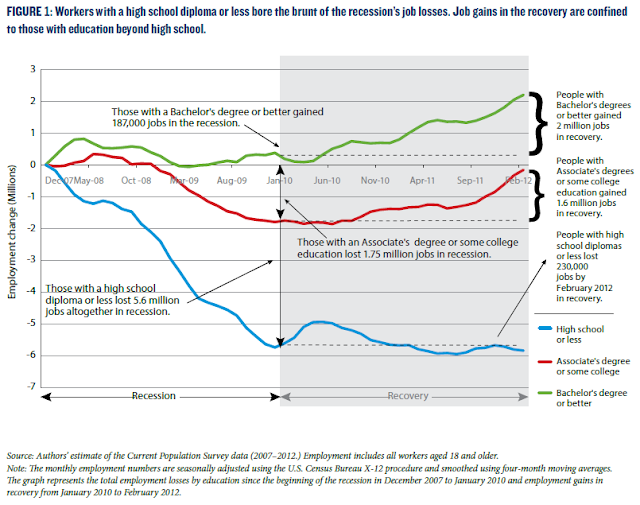Click HERE to see chart in larger format.
 |
| Source:Kaiser Foundation |
It depends on what your definition of a "Live Birth" is. In this case it matters.
The World Health Organization (WHO) gives the following definition of a "Live Birth" for the purposes of collecting data on Child Mortality rates:
""Live birth refers to the complete expulsion or extraction from its mother of a product of conception, irrespective of the duration of the pregnancy, which, after such separation, breathes or shows any other evidence of life - e.g. beating of the heart, pulsation of the umbilical cord or definite movement of voluntary muscles - whether or not the umbilical cord has been cut or the placenta is attached. Each product of such a birth is considered live born.""
The US and a relatively small selection of other countries follow this definition closely, but many of the others on this list AHEAD of the US do not, to varying degrees.
In their comments section they add this caveat:
"The reliability of the neonatal mortality estimates depends on accuracy and completeness of reporting and recording of births and deaths. Underreporting and misclassification are common, especially for deaths occurring early on in life."
Here are some examples of the LOWER BOUNDS of what many counties ahead of the US use as standards for reporting "Live Births". In other words, infants born alive and then die that are LESS than these time and weight (i.e "Preemies") requirements are NOT counted in the statistic. The US records ALL live births no matter how short lived and small in stature. In this chart, the US would have "No Limit" in both categories.
I cannot find reliable definitions of Live Births that some of the other countries on the list ahead of the US might use. But I have to guess many/most of them are not as strict as the US and other developed countries.
Bottom line: If ALL countries used the same standard, the US would not be anywhere near a tie for 41st place. Can there be any doubt about that???


